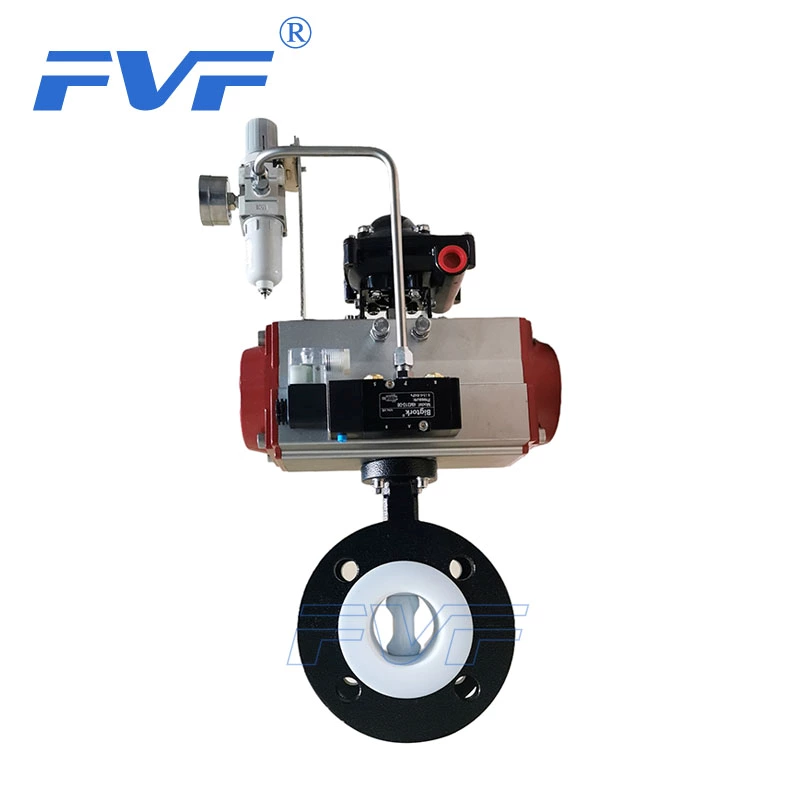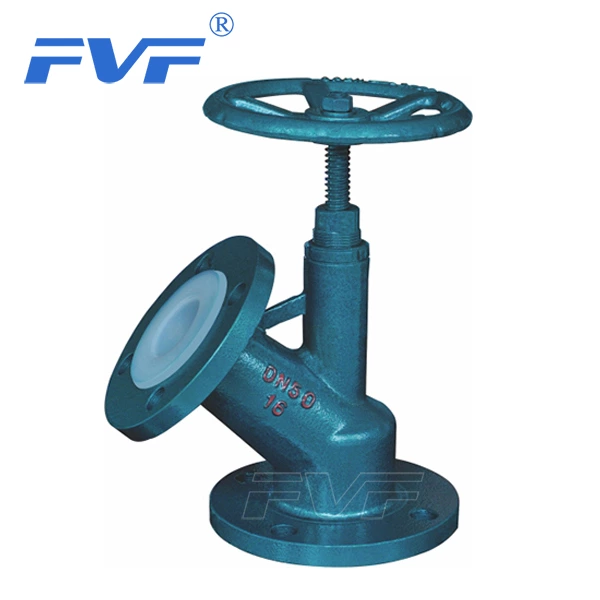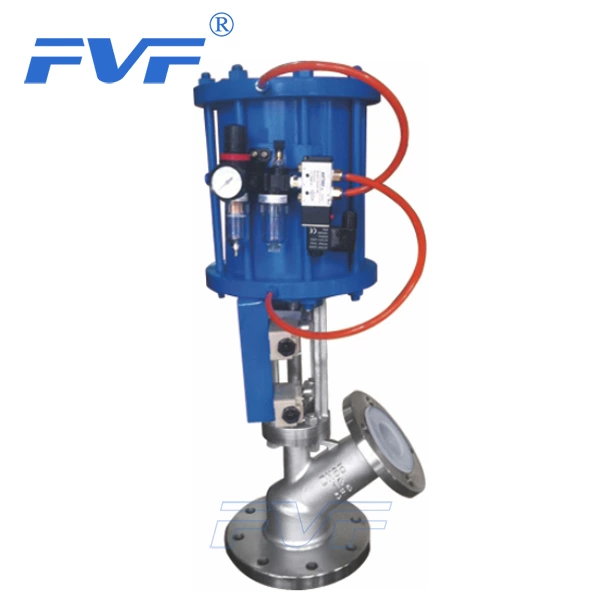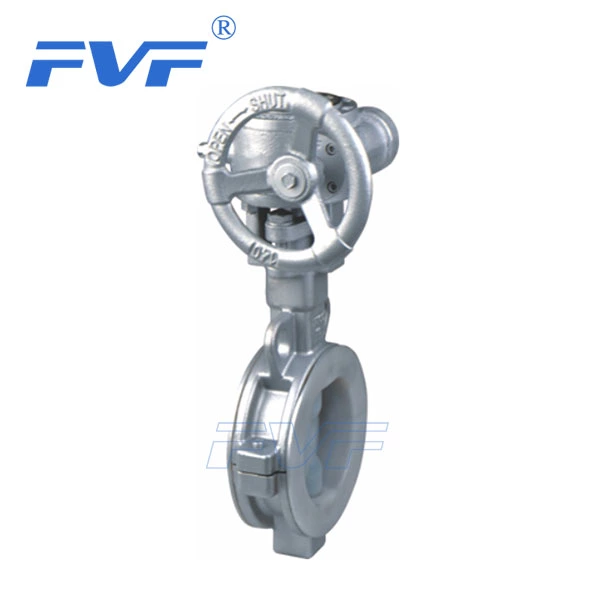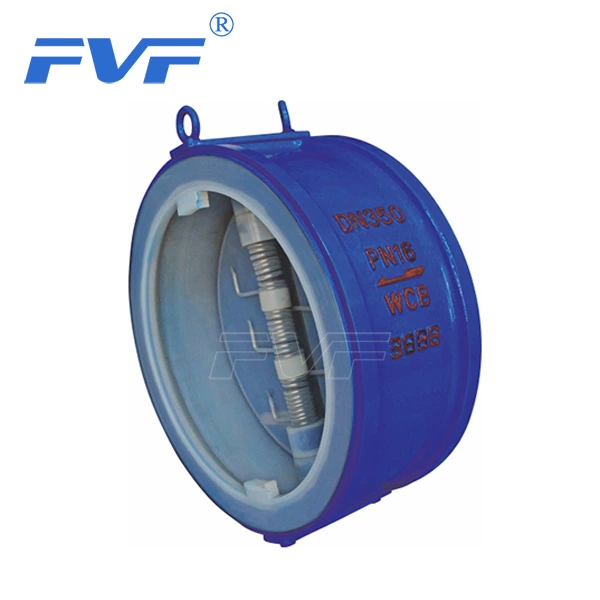Working Principle And Usage Of Oxygen Valve
In physical and chemical experiments, oxygen, nitrogen, hydrogen, argon and other gases are often used. These gases are generally stored in special high-pressure gas cylinders. When in use, the gas pressure is reduced to the range required for the experiment through the pressure reducing valve, and then fine-tuned through other control valves to allow the gas to enter the use system. The most commonly used oxygen valve is the oxygen pressure reducing valve, referred to as the oxygen meter.
一Lined Valve working principle
The high-pressure chamber of the oxygen valve is connected to the cylinder, and the low-pressure chamber is the gas outlet and leads to the use system. The indication of the high-pressure gauge is the pressure of the gas stored in the cylinder. The outlet pressure of the low-pressure gauge can be controlled by the adjusting screw.
When in use, first turn on the main switch, and then turn the low-pressure gauge pressure adjusting screw clockwise to compress the main spring and drive the film, spring pad and push rod to open the valve. In this way, the imported high-pressure gas enters the low-pressure chamber after throttling and reducing pressure from the high-pressure chamber, and leads to the working system through the outlet. Turn the adjusting screw to change the height of the valve opening, thereby adjusting the amount of high-pressure gas passing through and reaching the required pressure value.
Oxygen valves are equipped with safety valves. It is a device that protects the pressure reducing valve and makes it safe to use. It is also a signal device for the failure of the pressure reducing valve. If the outlet pressure rises automatically and exceeds a certain allowable value due to damage to the valve gasket or valve or due to other reasons, the safety valve will automatically open to exhaust.
II. How to use oxygen valves
(1) According to different use requirements, oxygen pressure reducing valves have many specifications. The maximum inlet pressure is mostly, and the minimum inlet pressure is not less than 2.5 times the outlet pressure. There are many outlet pressure specifications, generally, and the maximum outlet pressure is.
(2) When installing the pressure reducing valve, it should be determined whether its connection specifications are consistent with the joints of the cylinder and the use system. The pressure reducing valve and the cylinder are connected by a hemispherical surface, and the two are completely matched by tightening the nut. Therefore, the two hemispherical surfaces should be kept smooth during use to ensure a good airtight effect. Dust can be blown away with high-pressure gas before installation. If necessary, polytetrafluoroethylene and other materials can also be used as gaskets.
(3) Oxygen valves should be strictly prohibited from contacting grease to avoid fire accidents.
(4) When stopping work, the remaining gas in the pressure reducing valve should be released, and then the adjusting screw should be loosened to prevent the elastic element from being deformed by long-term pressure.
(5) Oxygen valves should be protected from impact and vibration, and should not come into contact with corrosive substances.
III. Other oxygen valves, gas pressure reducing valves
The use and precautions of these pressure reducing valves are basically the same as those of oxygen valves. However, it should also be pointed out that special pressure reducing valves are generally not used for other gases. In order to prevent misuse, some special pressure reducing valves use special connectors between them and the cylinder. For example, both hydrogen and propane use left-hand threads, also known as reverse threads, and special attention should be paid during installation.
